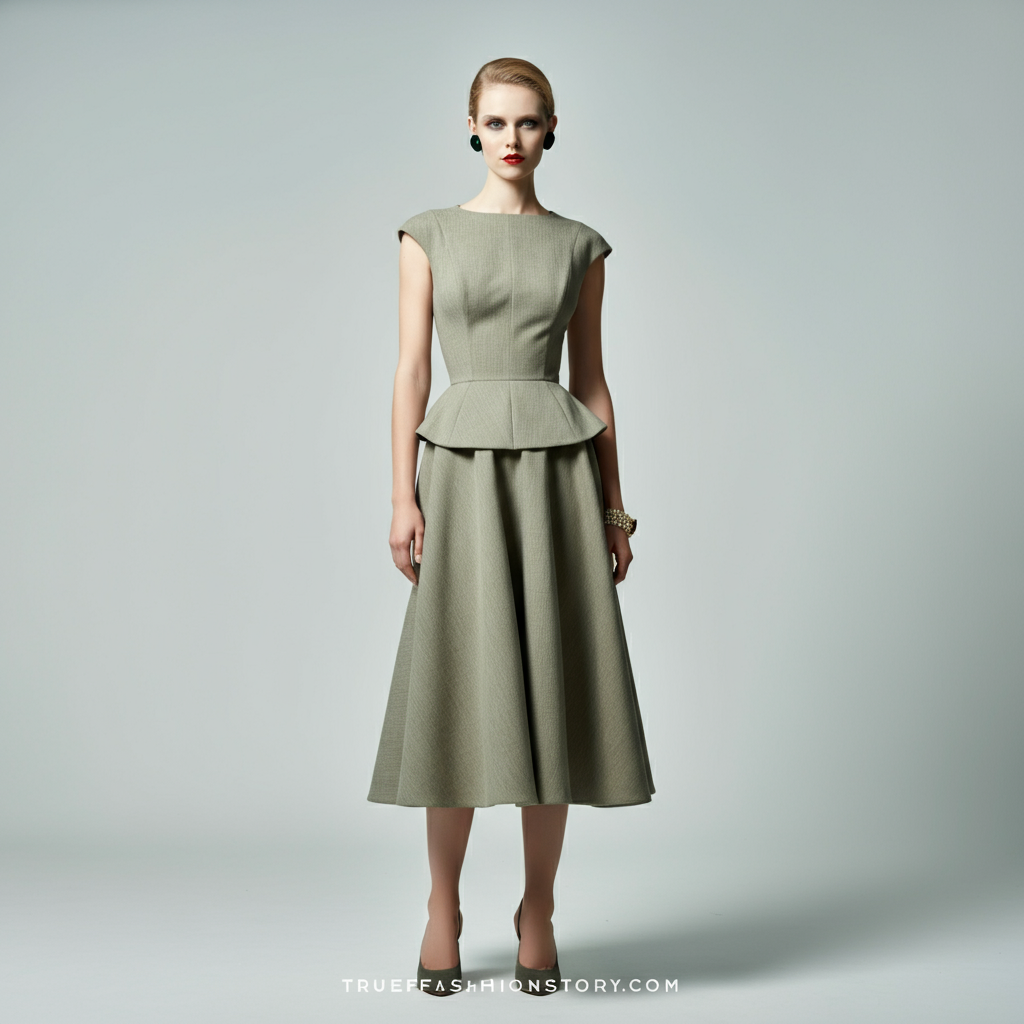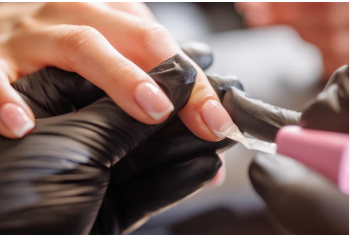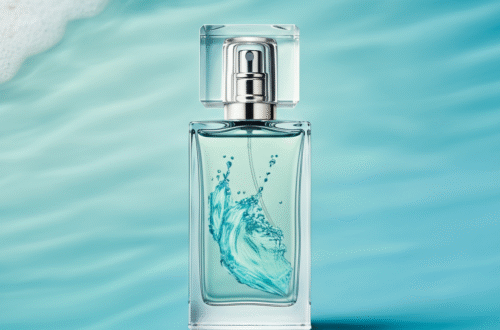Have you ever seen a dress that dips into a V or U shape at the waistline? That elegant and eye-catching detail is the signature of a basque waist dress. This style has a rich history and continues to be a favorite for its unique ability to flatter the figure. It creates a beautiful silhouette that feels both classic and modern.
This guide will walk you through everything you need to know about the basque waist dress. We will explore its history, learn why it’s so flattering, and discover how to style it for any occasion. Whether you are searching for the perfect wedding gown or a chic everyday outfit, this distinctive dress style is a fantastic choice.
Key Takeaways
- A basque waist dress features a waistline that drops below the natural waist, typically forming a ‘V’ or ‘U’ shape in the front.
- This style creates the illusion of a longer torso and a slimmer waist, making it a flattering choice for many body types.
- The basque waist has historical roots, dating back to Spanish attire and gaining popularity in the Victorian and Elizabethan eras.
- Modern basque waist dresses are versatile and can be found in styles ranging from formal bridal gowns to casual sundresses.
- Styling is key. Pair your dress with the right shoes and accessories to complete the look for any event.
What Exactly Is a Basque Waist Dress?
A basque waist dress is defined by its unique waistline. Unlike a standard dress where the waist seam sits horizontally at your natural waist, the basque waistline drops down toward the hips. It forms a distinct V-shape or a softer U-shape at the center front of the bodice. This design element is not just for looks; it has a powerful effect on the overall silhouette of the person wearing it.
The name “basque” comes from the traditional clothing of the Basque Country, a region between Spain and France. The fitted bodice, known as a corsage, often featured this lowered and pointed waistline. Over time, this distinctive feature was adopted into wider European fashion, becoming a staple in formalwear and royal courts. Today, the basque waist is a celebrated detail in bridal wear, prom dresses, and even more casual styles, loved for the drama and elegance it adds.
The Historical Significance of the Basque Waistline
The journey of the basque waist is a fascinating trip through fashion history. Its origins can be traced back to the 16th century, where it was a prominent feature in Spanish court fashion. This elongated waistline was often paired with wide skirts, like the farthingale, to create a dramatic and powerful hourglass figure that was fashionable among the aristocracy. The style was a symbol of status and refinement.
The basque waist saw a major revival during the Victorian era in the 19th century. Tight-laced corsets were essential garments, and the basque waistline perfectly complemented them. It helped emphasize a tiny waist while extending the line of the torso. This look was considered the peak of femininity and sophistication. You can see this style immortalized in many portraits and photographs from the period, showcasing its enduring appeal through different fashion movements. For more on fashion history, you can explore the articles on truefashionstory.com Blog.
Why Is This Style So Flattering?
The magic of the basque waist dress lies in its ability to sculpt and enhance the body’s natural shape. The downward point of the waistline draws the eye vertically, which creates the illusion of a longer, more slender torso. This is particularly beneficial for those with shorter torsos or an apple body shape, as it helps to visually add length and create more definition.
Furthermore, the shape naturally cinches the waist at its lowest point, just before flaring out into the skirt. This accentuates the narrowest part of your figure, creating a classic hourglass effect. The contrast between the fitted bodice and the fuller skirt enhances this look. It’s a clever design trick that has been used for centuries to craft a graceful and elegant silhouette, making the wearer feel confident and poised.
Best Body Types for a Basque Waist Dress
While fashion is for everyone, certain styles can highlight different features. A basque waist dress is exceptionally versatile and works beautifully on several body types.
- Pear Shapes: If you have narrower shoulders and wider hips, the basque waist draws attention upward and defines the waist, balancing your proportions perfectly.
- Hourglass Figures: This style was practically made for you. It will highlight your already defined waist and celebrate your curves.
- Athletic or Straight Body Shapes: For those with fewer curves, the V-shape of the basque waist creates the illusion of a more defined waistline, adding softness and shape.
- Petite Frames: The elongating effect of the V-waist can help make you appear taller. Just be sure the skirt’s length is proportionate, like a knee-length or mini style, to avoid overwhelming your frame.
Ultimately, the best way to know if a basque waist dress is right for you is to try one on. You might be surprised at how flattering it feels.
Basque Waist in Modern Fashion
The basque waist dress is far from a historical relic. Contemporary designers have embraced this elegant silhouette, incorporating it into a wide range of modern garments. You can find it on red carpets, in bridal collections, and in everyday fashion. Today’s versions often feature softer fabrics and less rigid construction than their historical counterparts, making them comfortable and wearable for various occasions.
From flowing boho-style maxi dresses with a subtle basque detail to sharp, minimalist cocktail dresses, the style is incredibly adaptable. Designers like Dior and Vera Wang frequently use the basque waist in their collections to add a touch of romance and architectural interest. This proves that a classic design can be continuously reinvented to feel fresh and relevant for the modern woman. Its presence in high fashion ensures it remains a desirable and sophisticated choice.
From Wedding Gowns to Casual Wear
The versatility of the basque waist dress is one of its greatest strengths. It can be adapted to suit almost any level of formality. In bridal fashion, a basque waist is a popular choice for ball gowns, as it creates a dramatic, princess-like silhouette that feels both grand and romantic. The structured bodice and flowing skirt are the stuff of fairy tales.
On the other end of the spectrum, you can find casual sundresses and midi dresses with a soft basque waistline. Made from cotton, linen, or jersey, these dresses offer a touch of elegance for everyday wear. They are perfect for a brunch with friends, a day of shopping, or even a relaxed office environment. This ability to transition from the ultra-formal to the comfortably casual is a testament to the timeless appeal of the basque waist design.
Comparing Basque Waist to Other Waistlines
Understanding how the basque waist differs from other popular styles can help you choose the right dress for your body and the occasion.
|
Waistline Style |
Description |
Best For |
|---|---|---|
|
Basque Waist |
Drops to a V or U shape below the natural waist. |
Elongating the torso, creating a defined waist. |
|
Empire Waist |
Sits just below the bust, with the skirt flowing from there. |
Highlighting the bust, skimming over the midsection. |
|
Dropped Waist |
Sits low on the hips, usually in a straight line. |
Creating a long, lean look; great for tall figures. |
|
Natural Waist |
Sits at the narrowest part of the torso. |
Classic and versatile, suits most body types. |
As you can see, each waistline creates a different effect. While an empire waist is great for a flowing, bohemian look, and a dropped waist has a cool, 1920s vibe, the basque waist dress offers a unique combination of structure and elegance that is hard to match.
How to Style a Basque Waist Dress
Styling a basque waist dress is all about letting the waistline be the star of the show. Since the dress itself is a statement piece, you can often keep your accessories simple and elegant.
Choosing the Right Shoes
The shoes you choose can dramatically alter the overall look. For a formal basque waist dress, such as a ball gown or a cocktail dress, classic heels are the perfect choice. Pointed-toe pumps or delicate strappy sandals will elongate your legs and complement the dress’s elegant lines. If you’re wearing a more casual basque waist sundress, espadrilles, flat sandals, or even clean white sneakers can create a chic, relaxed vibe. The key is to match the formality of the shoes to the formality of the dress.
Accessorizing Your Look
When it comes to accessories, less is often more with a basque waist dress. The V-shape of the waistline already provides a strong focal point.
- Jewelry: A delicate necklace that follows the neckline of the dress, such as a simple pendant, can be a lovely touch. Avoid long, dangling necklaces that might compete with the V-waist. A pair of elegant earrings, like studs or small hoops, and a simple bracelet are often all you need.
- Belts: Avoid belts! The purpose of a basque waist dress is to show off its unique waistline. Adding a belt would cover this defining feature and disrupt the silhouette.
- Bags: For formal events, a small clutch is the ideal choice. For a more casual look, a crossbody bag or a stylish tote will work well, as long as it doesn’t add too much bulk around your midsection.
Finding Your Perfect Basque Waist Dress
Ready to add this timeless style to your wardrobe? Finding the perfect basque waist dress is easier than ever. You can browse online fashion retailers, department stores, and specialized boutiques. When shopping, pay close attention to the fabric and fit. A well-made dress will have a bodice that feels structured but not restrictive and a skirt that flows gracefully.
Don’t be afraid to experiment with different lengths and colors. A black basque waist dress is a timeless option for formal events, while a brightly colored or patterned one can be a fun choice for a party or vacation. For those looking for styling ideas and inspiration, browsing fashion blogs like truefashionstory.com Blog can provide a wealth of creative looks. Remember to check the size chart and read reviews to ensure the best possible fit when shopping online.
Frequently Asked Questions (FAQ)
Q: Can I wear a basque waist dress if I’m plus-size?
A: Absolutely! The basque waist dress can be incredibly flattering on plus-size figures. It defines the waist and can create a beautiful hourglass shape. Look for dresses made with high-quality fabrics that offer good structure and support in the bodice.
Q: Are basque waists only for formal dresses?
A: Not at all. While they are very popular in bridal and formalwear, you can find many casual and semi-formal dresses with a basque waist. Look for sundresses, midi dresses, and even tops with this stylish feature.
Q: Does a basque waist make your hips look wider?
A: The opposite is often true. By drawing the eye to the narrowest point of the waist and elongating the torso, a basque waist can actually create a more balanced and streamlined silhouette. The flare of the skirt begins lower on the body, which can gracefully skim over the hips.
Q: What is the difference between a basque waist and a V-waist?
A: These terms are often used interchangeably. A V-waist is a type of basque waist. The term “basque” can refer to both the sharp V-shape and the softer, more rounded U-shape, but both drop below the natural waistline.





